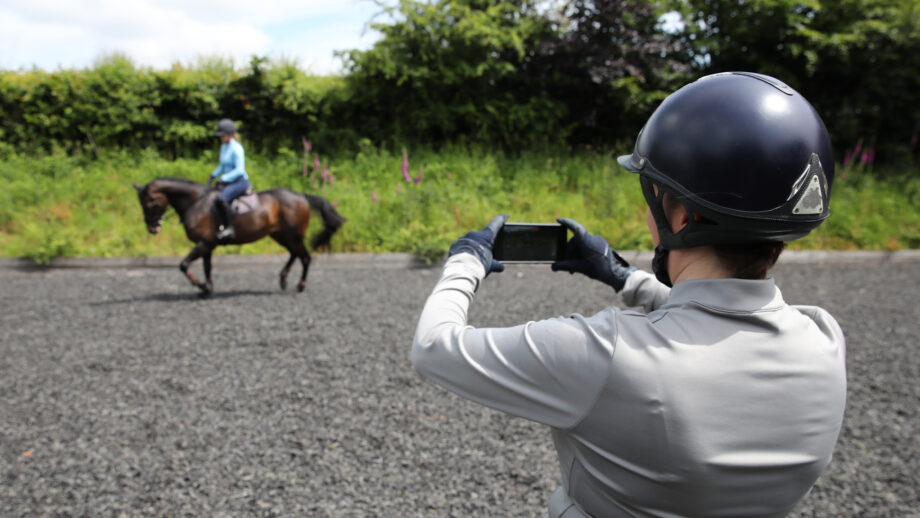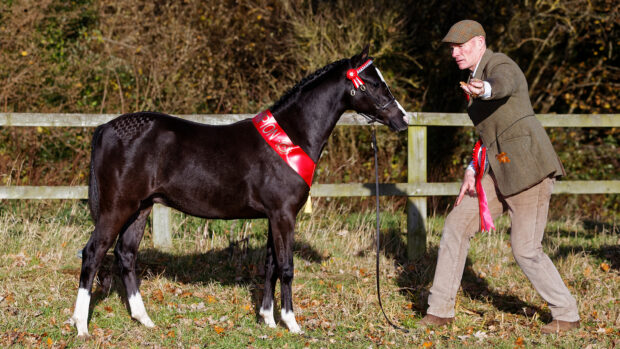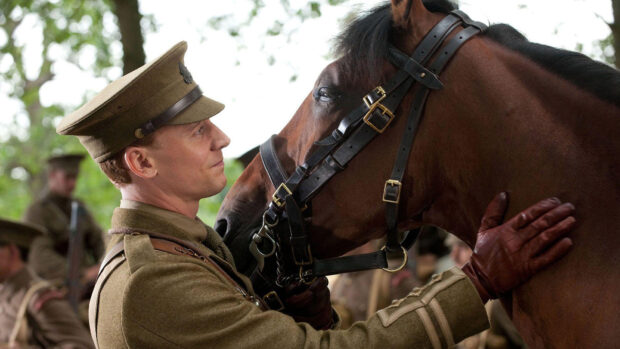Artificial intelligence (AI) might once have belonged to the world of science fiction, but it is now playing an increasingly significant role in training horses, entering our stables, arenas and even competition warm-ups. From motion-tracking cameras to advanced gait sensors, AI is becoming a quiet presence in how we school, monitor, and manage our horses.
AI is part of our daily life; from the way we shop and communicate to how we navigate and work. It’s widely used by athletes to track performance, prevent injury and optimise training so it’s no surprise this powerful technology has made its way into the everyday equestrian world too.
Supporters say it helps riders train more intelligently, spot subtle changes early, and make better-informed decisions in the saddle. For others, though, the growing use of data sparks concern. Could all these numbers erode the intuition, feel, and instinct that underpin true horsemanship?
AI in the horse world
Artificial intelligence refers to computer systems that can learn, adapt, and make decisions based on the data they receive. Unlike traditional recording tools, AI analyses patterns over time, detects changes and offers insights, whether on a rider’s position, a horse’s movement, or the demands of a particular training programme.
In practice, it takes the form of wearable sensors, smart apps or video-analysis tools, offering a new layer of objectivity to complement traditional methods of observation and coaching.
Smart cameras are perhaps the most familiar introduction to AI for many riders. Devices such as Pivo use artificial intelligence to track horse and rider automatically around the arena, allowing riders to record sessions without a helper. Others, like Ridesum’s AI Horse Analytics, go further by allowing video uploads and then analysing specific biomechanical markers such as the horse’s frame, stride length or the rider’s seat and position.
Designed to support coaching and self-assessment, these systems are helping bring professional-level analysis to more riders, even those schooling alone.

A range of technology is now available, some of which can even be used when training alone
AI trackers for horse riding and training
Wearable trackers have become increasingly popular, especially in disciplines where fitness and recovery are closely monitored. Tools like the Seaver smart girth measure data such as heart rate, calorie burn and jump symmetry. The Polar Equine heart rate monitor is already widely used in endurance training, helping riders evaluate how well their horses are coping with the work.
Garmin, a market leader in GPS-enabled technology for sportspeople, has also made waves in the equestrian world. The company has released the Garmin Blaze, a device with a sensor that is secured to the underside of the horse’s tail. This tracks the horse’s activity, as well as health and fitness metrics, such as heart rate, stride, gait and skin temperature.
These devices don’t just show how hard the horse is working but they help determine how well it is coping, and whether adjustments need to be made to promote sustainable progress.
AI is making a significant mark in the field of motion and pressure sensors, where the emphasis is on analysing how a horse moves, loads each limb, and responds to the rider. The Equestic SaddleClip, for example, is a small sensor that sits beneath the saddle flap and records a wealth of data during each session. It tracks rhythm, impulsion, symmetry and time spent on each rein.
The data is recorded and analysed in an app, and over time, the AI builds a picture of the horse’s way of going, helping riders and coaches identify subtle trends or changes.
Other wearable devices are being developed with clinical precision in mind. Tendiboots, created by French company Ekico, use embedded sensors to measure fetlock joint extension, comparing the loading between forelimbs. Since the fetlock’s function is closely linked to soft tissue strain, changes in its movement can indicate the beginning of lameness well before it becomes visible.
The data is interpreted in real-time and delivered through a mobile app, offering support to riders, vets and rehab teams looking to intervene early.
Technology is also helping riders understand and refine their own input. TeleRein C IT, for instance, measures rein tension and displays the results via LED lights positioned on the horse’s poll. It aims to promote consistent contact and improve rider feel. Devices like these are increasingly seen not as gimmicks but as training aids, tools to support subtlety, lightness, and effective communication in the rein.
Some AI tools don’t rely on hardware at all. Software platforms such as Ridesum and Equicty allow riders to log training data, monitor recovery, and evaluate behavioural or biomechanical patterns over time. These platforms are designed to offer actionable insights, whether that’s helping to shape a schooling plan, manage a competition schedule, or highlight signs that a horse may need veterinary attention.
Does AI supersede “feel”?
The ability to capture and compare data over time is one of AI’s most significant contributions to equestrian sport. As Dmitry Marchenko, chief commercial officer of Smart Horse, explains: “The unique benefit that AI technologies brings to riders and coaches is the ability to objectively compare events over a long period of time, for example, between today and yesterday, or over the past week or month.
“This objectivity is especially important when it comes to health, fitness, or professional sport. It opens up new possibilities to evaluate progress or spot signs of regression. It helps identify the most effective training exercises for development, or to align rehabilitation protocols with the evolving condition of the horse. And it supports many other aspects of ethical training, all rooted in the objectivity of measurement.”
That objectivity, combined with the right guidance, can give riders new levels of confidence. Used thoughtfully, AI offers a second set of eyes in the arena, helping validate instincts or gently challenge them when something isn’t quite right. It can’t replace feel, but it can sharpen it.
Pammy Hutton FBHS, international dressage trainer and principal of The Talland School of Equitation, is one of many voices reminding riders not to let data distract from instinct.
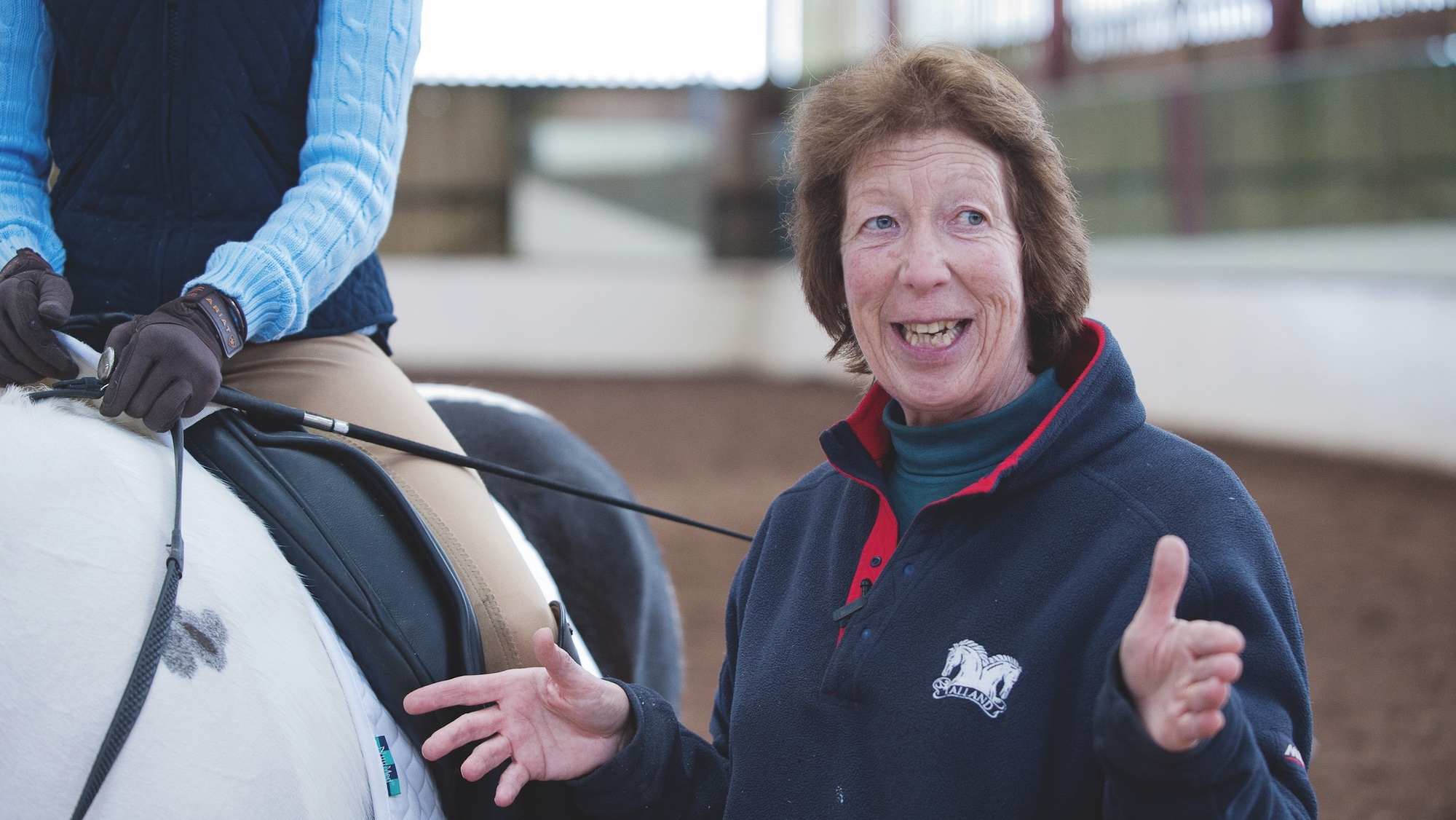
Pammy Hutton: “Feel is everything – data can’t tell you how your horse feels that day.”
“Feel is everything,” she says. “Knowing when to push, when to back off, and when something doesn’t feel quite right is a skill that develops over years. Data can’t tell you how your horse feels that day or whether they’re mentally engaged. Misused, it could encourage riders to train to the data rather than listening to their horse.”
Others see it as a complement to traditional horsemanship rather than a threat.
“When instinct and data match up, it builds confidence,” says Dmitry. “If the AI flags something you hadn’t noticed, it can prompt a conversation with your coach or vet. Over time, it helps fine-tune your awareness in the saddle. It gives your horse a voice.”
Grand prix dressage rider Becky Moody also sees value in combining feel with feedback.
“I find watching videos and analysing data so helpful, especially for those who work a lot on their own,” she explains. “Rider feel is all good and well if you’re feeling the right things. But take straightness as a good example, you might think you and your horse are straight, but then you review it and realise you really aren’t. That creates a useful talking point and helps shape your training plan.”
Welfare benefits of AI
There’s growing recognition, too, of AI’s welfare potential. At the 2024 FEI Sports Forum in Lausanne, tech companies were invited to discuss how AI might play a role in safeguarding equine wellbeing. From spotting early gait anomalies to supporting ethical training plans, these technologies are increasingly seen as allies in long-term horse management. But concerns remain about misinterpretation, data overload, and riders attempting to diagnose problems without expert input.
“An app should never replace your vet,” says equine vet Lucy Penrose, of Epona Equine. “If your horse feels unbalanced or lame, it’s essential to speak to a professional. The risk is that some might try to self-diagnose without the right knowledge.”
Pammy echoes this caution: “The horse must always come first. Technology can support but should never replace our fundamental understanding of horsemanship.”
Used correctly, AI doesn’t ask riders to abandon feel or instinct. Instead, it offers another tool to support clear decision-making and consistent development. Whether you’re aiming to sharpen performance, improve balance, track fitness or flag small issues before they become major setbacks, artificial intelligence – like any good training aid – works best in educated hands.
It’s unlikely AI will ever replace the eye of a coach, the experience of a vet, or the feel of a skilled rider. It could however back human judgement and give us a clearer data-based understanding of the horse and their needs.
For the modern equestrian, the challenge isn’t whether to embrace AI, but how to do so thoughtfully. The best results come when technology and tradition work together when objective measurement supports lived experience, and when data complements the quiet art of listening to your horse. The future may be digital, but good horsemanship will always be human.
- To stay up to date with all the breaking news from major shows throughout 2025, subscribe to the Horse & Hound website
You may also be interested in:
‘This way, we can learn about how painful certain conditions are, and how effective are pain medication or treatments’

New AI system gives horses a ‘digital voice’ to tell us if they’re in pain

Tech to help alert riders to horses behind the vertical and measure rein pressure

‘Judges are being asked to do the impossible’: research into bias in dressage
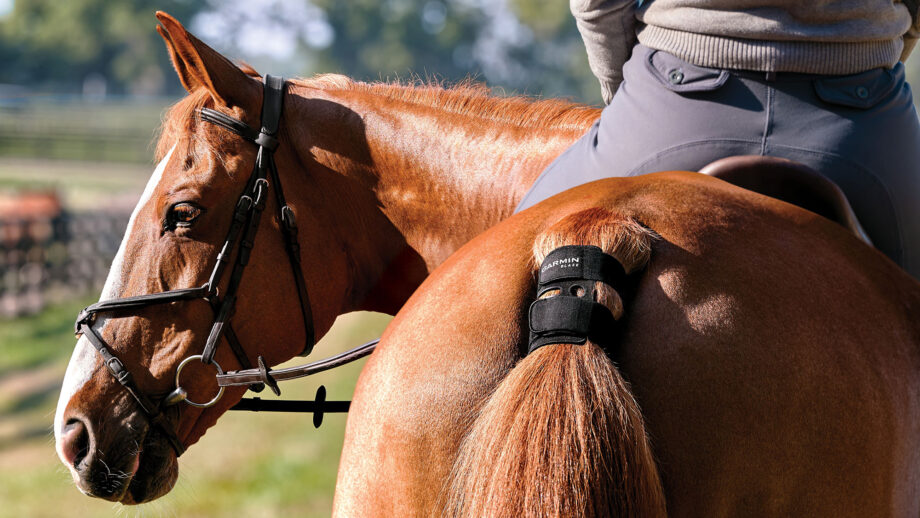
Garmin unveils new wearable tech for horses that tracks health and performance

Hope that computers can analyse pain from horses’ facial expressions

Subscribe to Horse & Hound magazine today – and enjoy unlimited website access all year round

